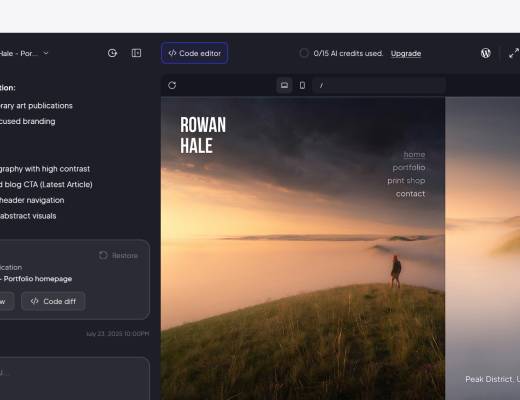
The influence and implementation of artificial intelligence (AI) systems have spread throughout industries, modern life, and, of course, academia. The headlines might be focused on the controversy surrounding students using ChatGPT in their studies, but the “AI revolution” isn’t just occurring in the classroom and study halls. Behind the scenes of busy college campuses across the United States, AI is managing dining operations, dorm assignments, and daily logistics.
The world of academia isn’t chasing after the newest tech fad by utilizing AI. They’re using it for economic survival.
Next Post







